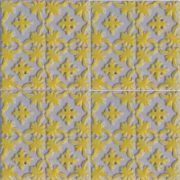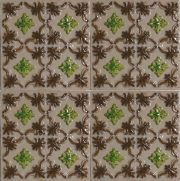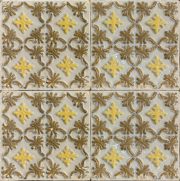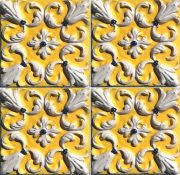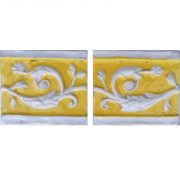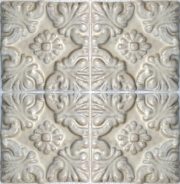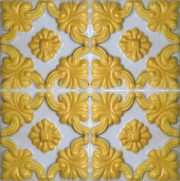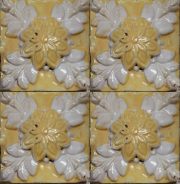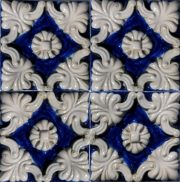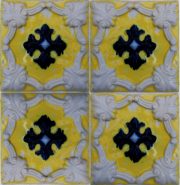Massarelos, the oldest of the faience factories, was a family business founded in 1766 by Manuel Duarte Silva, in Rua de "Sobre o Douro", in the parish of Nossa Senhora da Boa Viagem, in Massarelos. As the owners and industrialists who explored the factory were diverse and given the difference in painting in various colors, manufacturing is usually divided into different periods of which the latter belongs to the 20th century.
In the 1st period (1766/1819) the fuel used was the gorse. The decor was in blue, green, yellow and burgundy.
In the 2nd period (1819/1845) the factory is leased to Rocha Soares, from the Miragaia factory, and a relative by Manuel Duarte da Silva's affinity. The faience in this period uses finer paste, with polychrome or monochromatic decoration, blue, burgundy, and also the colors and enamels used by the Miragaia factory.
In the 3rd period (1845/1873), the production of earthenware began using lead enamel, blue monochromatic paint, and decoration was applied. The factory in this period uses red clay from Valbom de Baixo (Gondomar).
In the 4th period (1873/1895), an attempt was made to further industrialize the factory by producing smooth and raised tiles, in addition to sanitary ware and various artistic pieces
The production ended in 1936. After the fire that, in 1920, completely destroyed its original facilities in Massarelos – it was sold by the firm Chambers & Wall, then its owner, to Companhia das Fábrica de Cerâmica Lusitânia. At that moment it lost its name.
Massarelos
Showing all 11 results





